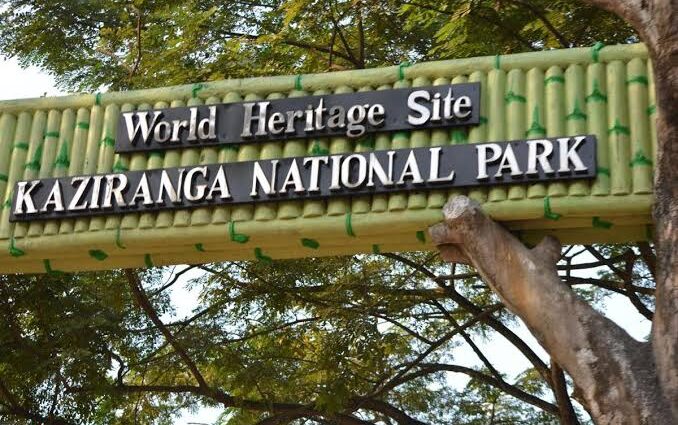Kaziranga National Park’s record-breaking tourist footfall in FY 2023-24 is undoubtedly a positive indicator of the park’s growing popularity and Assam’s tourism potential. However, it’s crucial to analyze the impact of this increased tourism on the park’s delicate ecosystem and local communities.
Positive Impacts:
1) Economic Growth: Increased tourism brings revenue to the region, creating jobs and supporting local businesses. This can lead to improved infrastructure and development in surrounding areas.
2) Conservation Funding: Revenue generated from tourism can be reinvested in conservation efforts, including wildlife protection, habitat restoration, and anti-poaching activities.
3) Awareness and Education:Tourism provides a platform to educate visitors about the importance of biodiversity conservation and the threats faced by endangered species like the one-horned rhinoceros.
Potential Challenges:
Environmental Impact: A surge in tourist numbers can strain the park’s resources and lead to environmental degradation. Increased traffic, noise pollution, and waste generation can disrupt wildlife and damage fragile ecosystems.
Wildlife Disturbance: Close encounters with tourists can cause stress and behavioral changes in animals. This is particularly concerning for endangered species like rhinos, which are already facing significant threats.
Strain on Infrastructure: The existing infrastructure may struggle to accommodate a large influx of tourists, leading to overcrowding, traffic congestion, and sanitation issues.
Sustainable Tourism Management:
To ensure the long-term sustainability of Kaziranga National Park and its surrounding communities, a balanced approach to tourism management is essential. Here are some potential strategies:
1) Carrying Capacity Assessment: Conducting studies to determine the park’s carrying capacity and setting limits on tourist numbers to prevent overexploitation.
2) Zoning and Regulation: Implementing zoning regulations to restrict tourist activities in sensitive areas and minimize wildlife disturbance.
3) Investing in Infrastructure: Upgrading infrastructure, including waste management systems, transportation networks, and visitor facilities, to accommodate increased tourist flow sustainably.
4) Community Involvement: Engaging local communities in tourism planning and management, ensuring they benefit from tourism revenue and participate in conservation efforts.
5) Promoting Responsible Tourism: Educating tourists about responsible wildlife viewing practices and minimizing their environmental footprint.
Kaziranga National Park’s success as a tourist destination must go hand-in-hand with its ecological preservation and the well-being of local communities. By implementing sustainable tourism management practices, the park can continue to flourish as a haven for wildlife and a source of pride for Assam.

